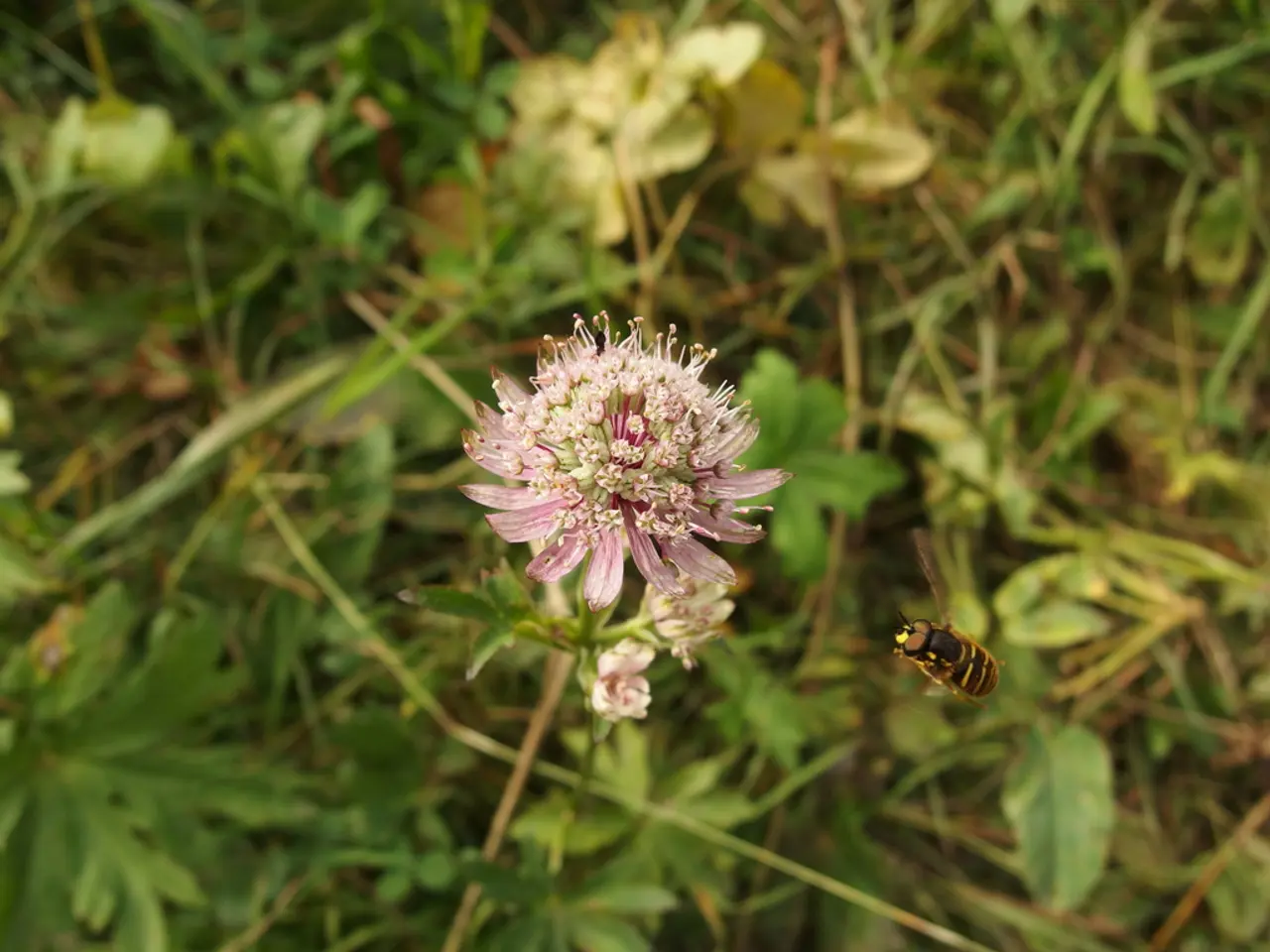Effective Strategies for Eco-Friendly Pest Management
In the world of gardening, pests can pose a significant challenge. However, one gardener has found a unique and eco-friendly approach to managing these unwanted visitors.
This gardener treats their garden like a neighbourhood, observing who shows up and learning their habits. They act proactively, ensuring that problems do not spread. A crucial part of this strategy is a weekly scouting routine. This involves checking the same beds weekly, inspecting 10-20 plants per bed, and photographing pests and damage for records. Identification of pests is based on damage patterns, rather than relying on guesswork.
When it comes to pest control, the gardener chooses methods carefully, considering the pest type, infestation extent, and the suitability of the environment. For instance, glue traps, designed for particular pests like silverfish, are chemical-free and targeted. On the other hand, sprays with active substances like geraniol or chrysanthemum extract are used for acute infestations but require careful application and safety considerations.
The gardener's toolkit is diverse. For soft-bodied pests like aphids, they use insecticidal soap. Neem oil serves as a deterrent and growth disruptor. Diatomaceous earth is dusted around stems for slugs and soft insects. For mild repellence, homemade garlic or hot pepper sprays are used. Bacillus thuringiensis (Bt) is employed for caterpillars.
Physical methods are also a part of the gardener's arsenal. Row covers block moths and beetles. Sticky traps and yellow cards are used for monitoring flying pests. Stem collars and mesh around brassicas prevent crawlers and cutworms. Slug traps with beer or yeast water are used, and hand removal of large pests and egg masses is practiced.
Keeping a log is an essential part of this strategy. It turns guesswork into a plan by recording the date, pest, counts, treatment, and follow-up after 3-7 days. Damage is rated on a simple 1-5 scale. When making changes, only one variable is altered at a time. Notes are reviewed monthly to adjust planting or tactics.
Simple action thresholds are set, such as 5 aphids/leaf or 1 caterpillar/plant. If counts exceed the threshold, the least harmful control that will work is chosen. Barriers like row covers stop most damage up front, traps give real data, and handpicking removes problem individuals without harming beneficials.
This sustainable approach to gardening demonstrates that effective pest management can be achieved without resorting to harmful chemicals. By understanding the pests, their habits, and the garden's unique environment, this gardener has found a way to coexist with nature, fostering a healthy and thriving garden.
Read also:
- Guiding businesses through hardship: the triumphs and victories achieved by A&M entrepreneurship consulting during economic downturns
- Is it feasible for nuclear energy to supplant coal-based electricity production in India?
- Pharmaceutical corporation to invest $30 billion in U.S. for increased natural gas production
- Journey Across America: Travels from the Eastern to Western Coast



